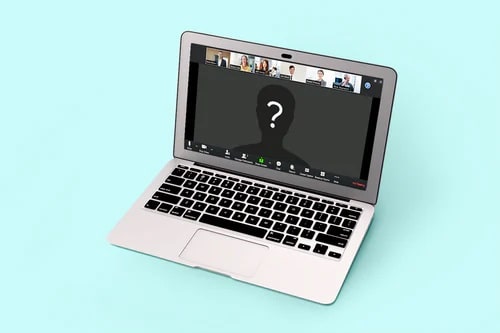Blog

The media tends to focus on Big Tech’s presence in our lives envisioning an Orwellian future where every move is monitored, but technology plays a major role in our lives. The pandemic has accelerated many aspects of modern life, including the pervasiveness of technology. Economically, tech has benefitted from the pandemic. As a result of social distancing, organizations without a digital presence in some ways have ceased to exist. It is no surprise that the same tools employees use to communicate and work effectively are also those that may be spying on us.
Big Brother/Sister
Companies use several means to track employees online. Video tracking adds an element like the television show ‘Black Mirror’ (with a story of dystopian tech). Pre-COVID, Zoom and other video conferencing tools were used sporadically, but today it is an absolute necessity for employment. Popular tracking tools are Hubstaff and Time Doctor. Aside from Zoom and other video solutions, tools can track the amount of time an employee works. There are different shades of gray in this space: from programs allowing employees to check in and self-report time to those that are intrusive and check your personal messages. One of the most intrusive software programs is TeamViewer – with this software, managers can spy on employees by directly viewing their computer screens.
Tracking is widespread. Nearly a quarter of Americans working from home could be under surveillance and that “according to the latest survey from Clutch, 21% of respondents believe that their companies use employee monitoring software to track their activities.” Like much of the use of technology in our daily lives, we give up our data (freedom) for the sake of convenience. What may seem trivial at the time, such as agreeing to give an app your data, could lead down a slippery slope.
Aggravation of mental stress
While ‘work from home’ productivity may be stable, the use of these tools brings up other issues. Burnout and the feeling of overwhelmedness was already a challenge many corporate wellness programs sought to counter. The pandemic brought economic uncertainty, lockdowns, and general health anxiety, so the mental health of many has deteriorated. Many experts have predicted a mental health crisis the longer the pandemic continues.
As this Calcalist article states “among employees, the new trend is causing distress. Most complaints about working from home have to do with exhaustion from digital encounters, many fears that under the auspices of the pandemic a new norm of invasive and incessant surveillance is emerging—without any real discussion about its limits.” This fear could already compound a stressful time for employees working from home and could cut into productivity.
What can we do?
Countries’ rules on the legality use of tracking software on employees varies greatly. In the US, as this Forbes article states, “the chief of research for Gartner’s HR practice was recently quoted as saying that he anticipates 80% of large companies will use such software by the end of the year.” Fear of falling behind in this ultra-competitive atmosphere is pushing many managers to embrace this tech. They believe if they do not, their competitors will in order to squeeze out as much productivity as possible.
In the end, trust is a key part of a positive culture employees want to embrace. If a manager believes his employees are doing the right thing, there is no need for tracking tools. Before the pandemic some companies monitored Internet usage and blocked sites such as Facebook. While employees may have more “freedom” by working from home, do managers want to use the same tools as authoritarian regimes? An organization that does not trust its employees does not bode well as a place for remote workers.
This is part of the new normal. It will take time for organizations to fully internalize the boundaries between monitoring employees and trusting them. There is no going back. The question becomes where the line is – where it is permissible to track employees – and some organizations will cross that line.
For additional resources and guidance, the Interfor team is here to help.

